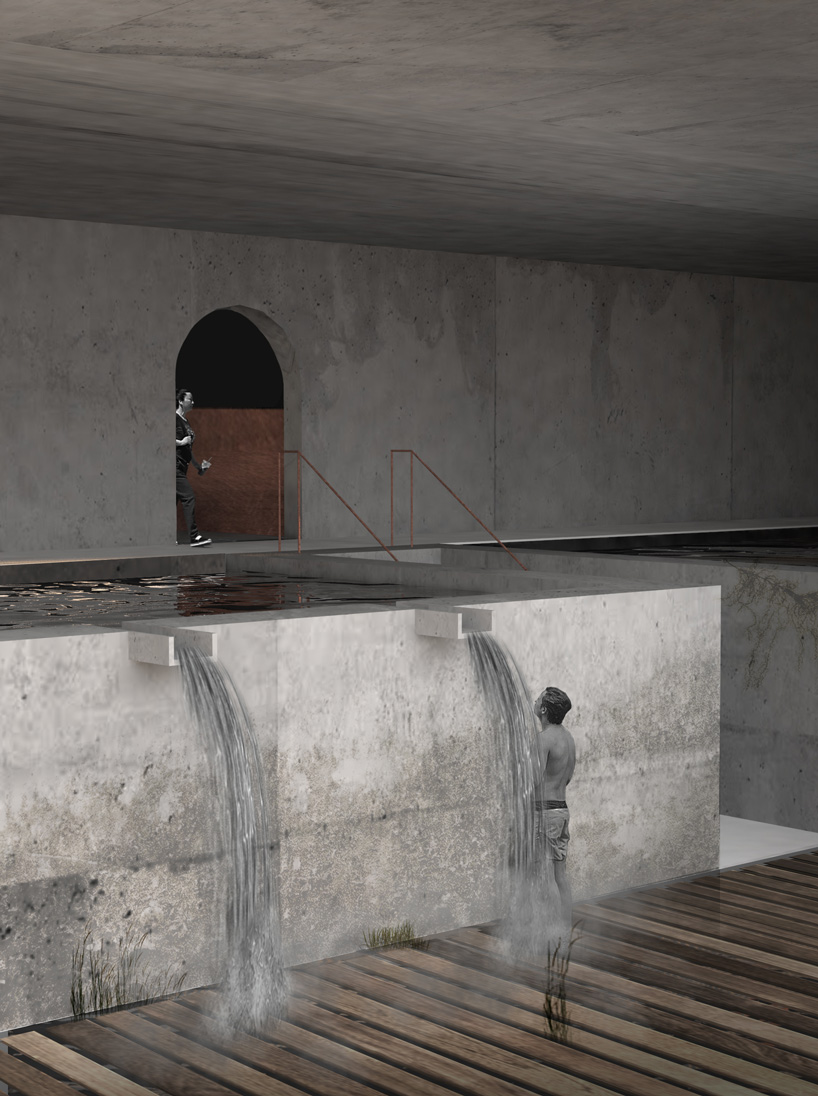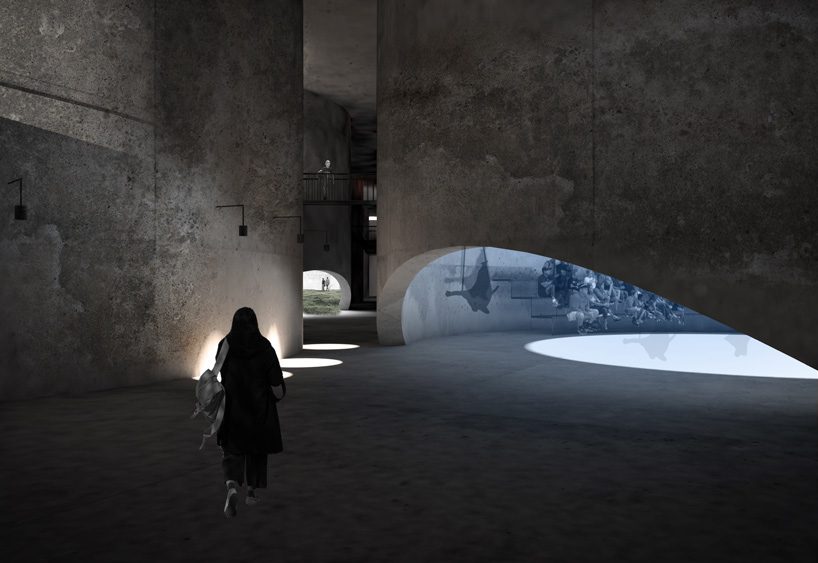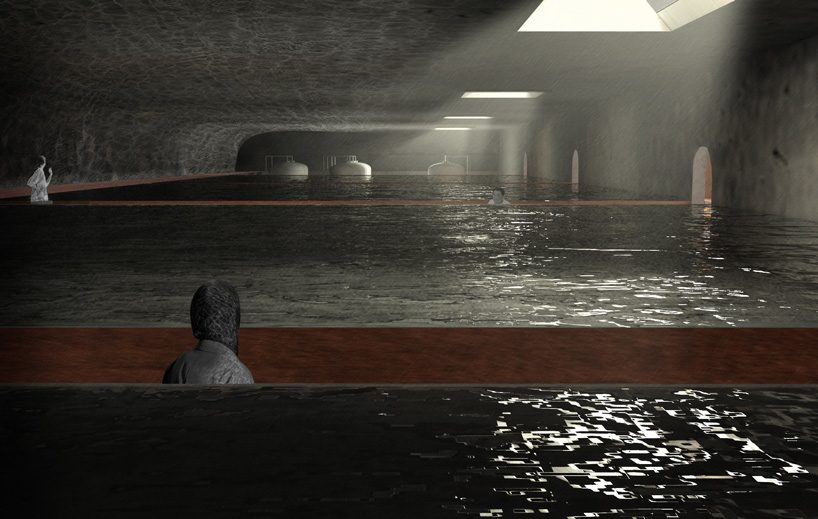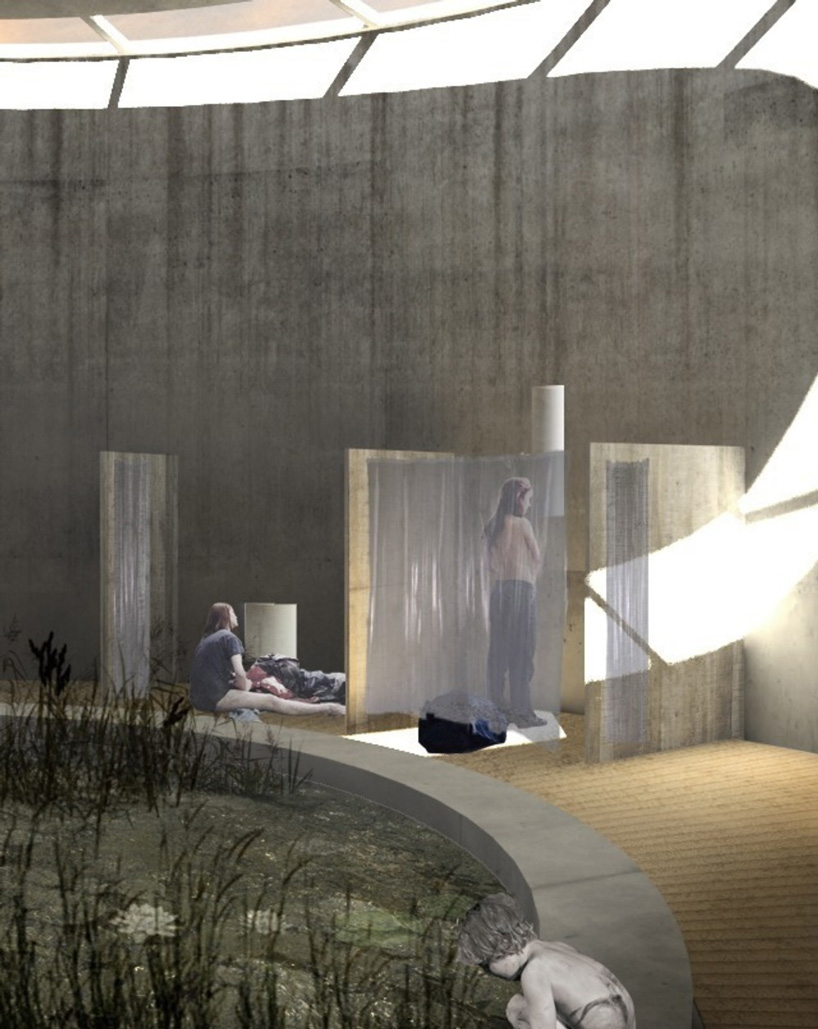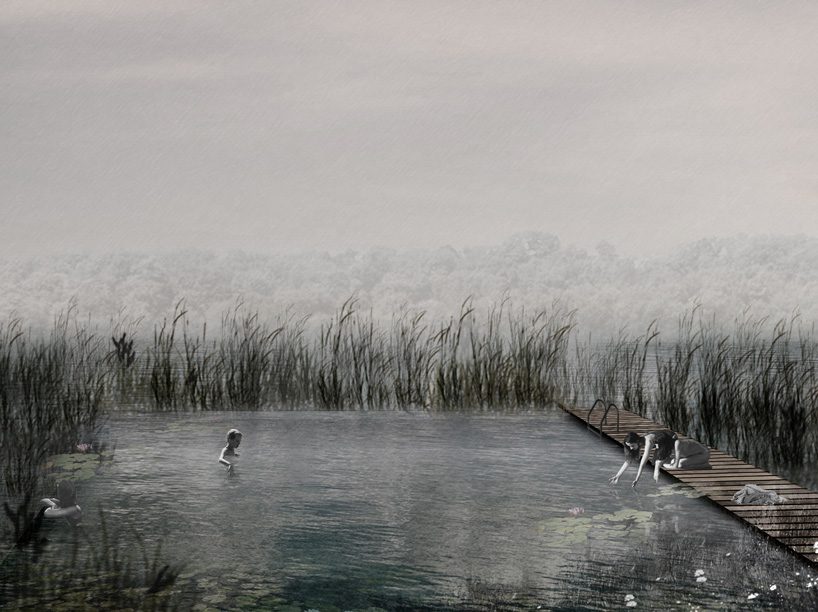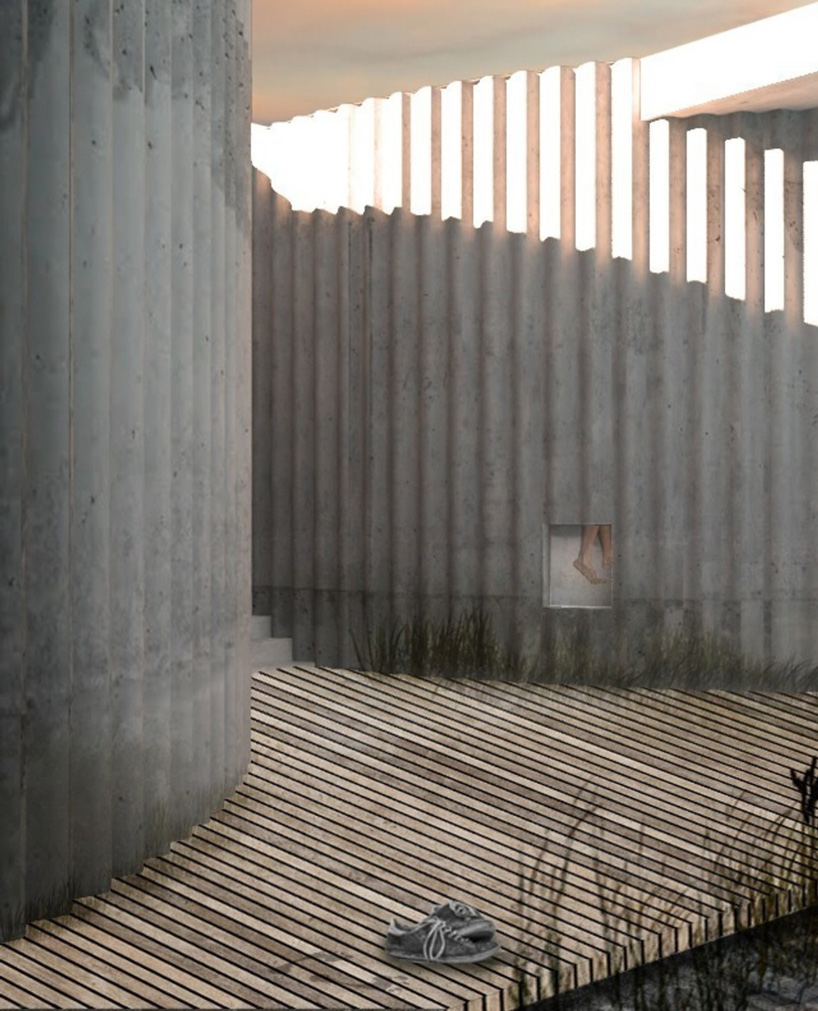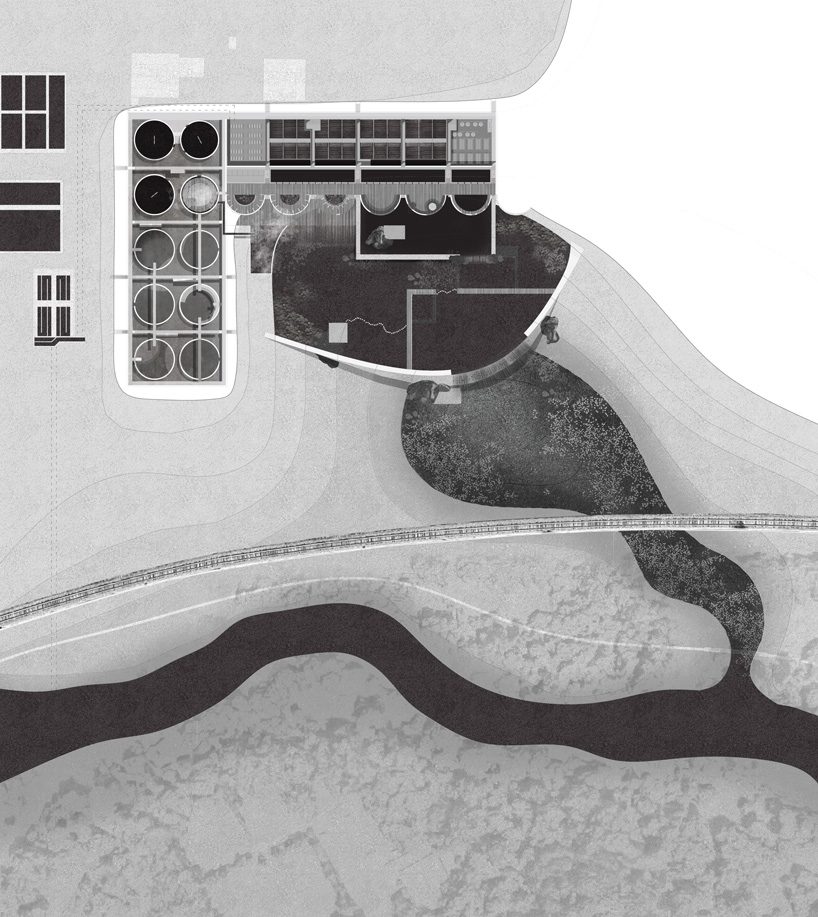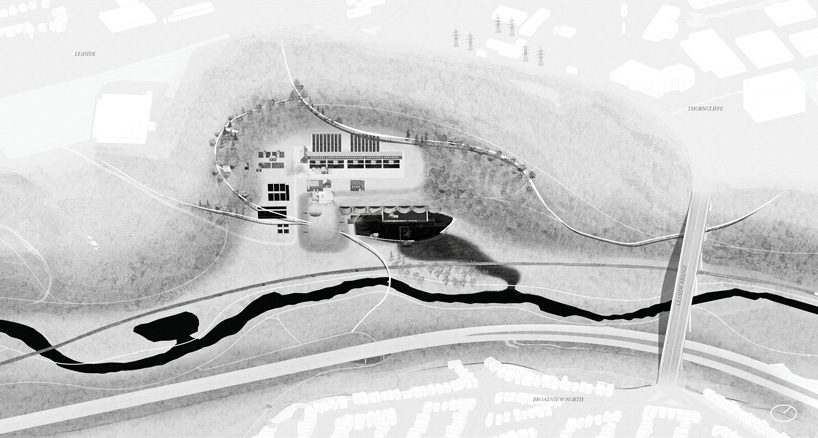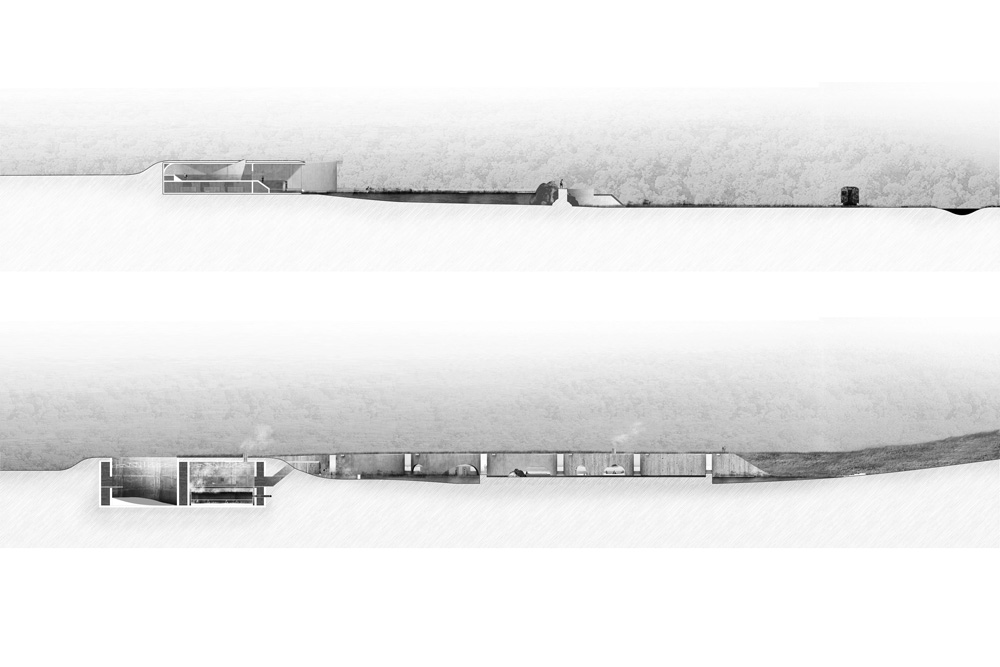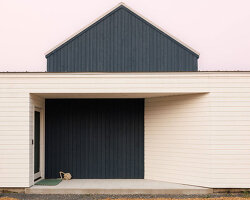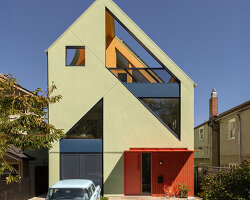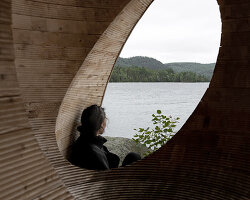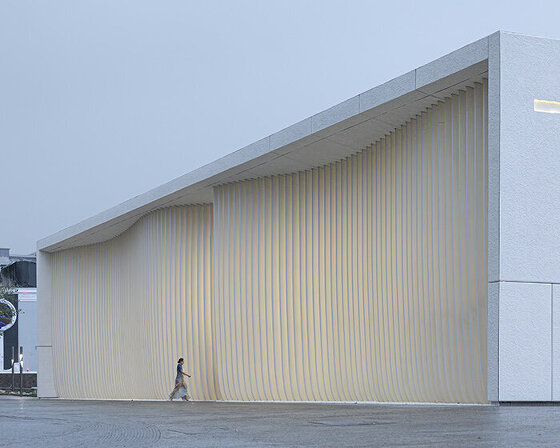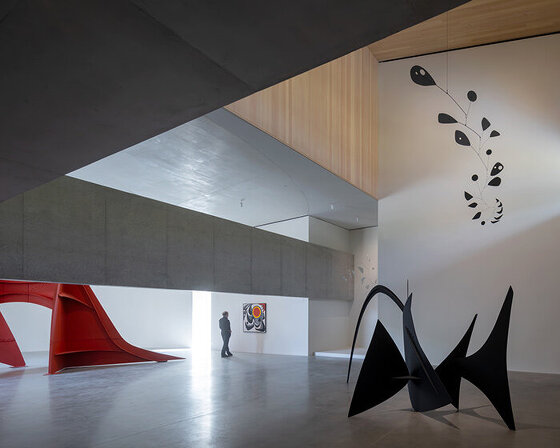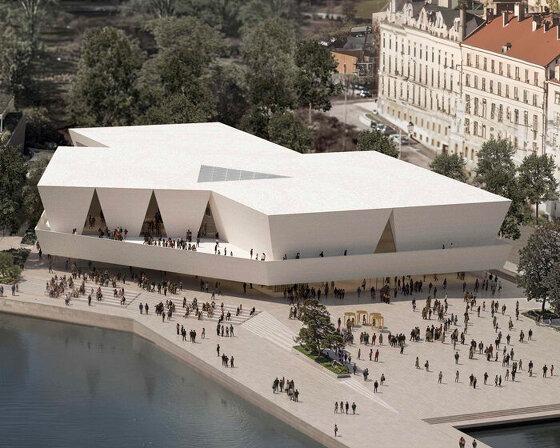KEEP UP WITH OUR DAILY AND WEEKLY NEWSLETTERS
with its undulating facade, the design integrates contemporary cultural programming with the building’s soviet-era legacy.
designboom visited calder gardens ahead of its opening in philadelphia to explore piet oudolf's meadows and herzog & de meuron's galleries.
a 1963 lloyd wright design, the property consists of five contiguous parcels centered around the beverly johnson house.
set to open in 2030 in helsinki, the museum will unite two major design institutions and house a collection of more than 900,000 artifacts.
connections: +100
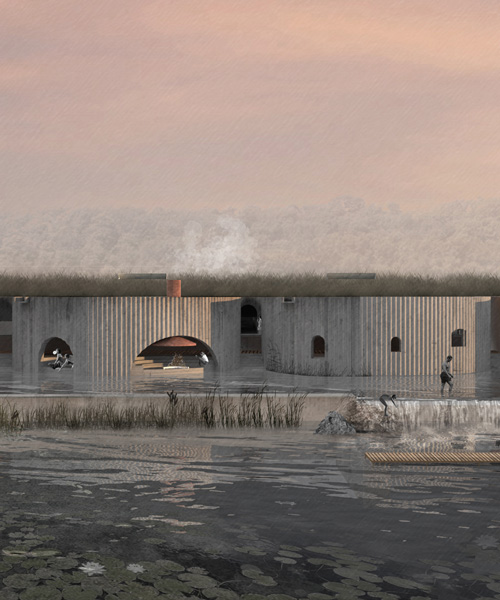
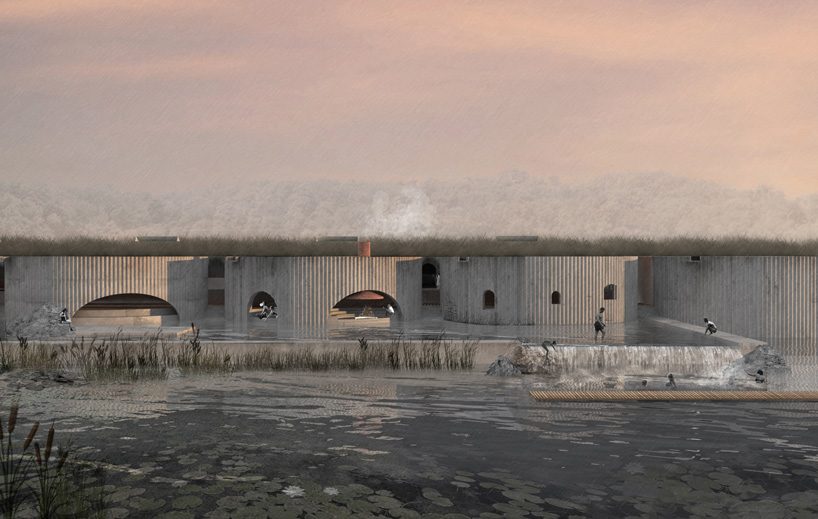 all images courtesy of liyang zhang
all images courtesy of liyang zhang